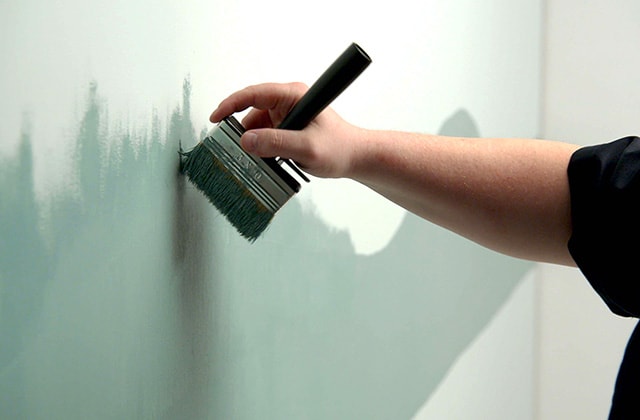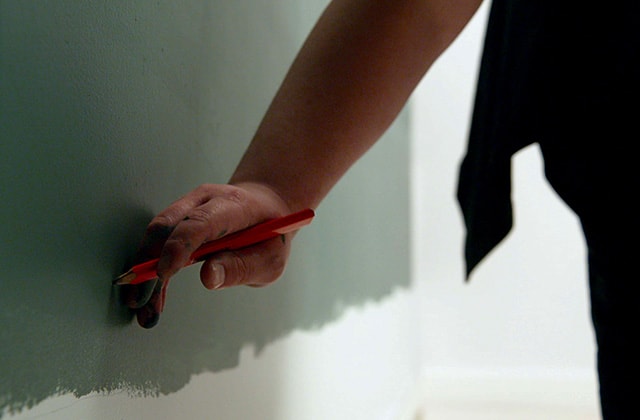Colour Palette
A minimum of 3 colours is usually necessary to create a nice, wispy look. To add more depth to this wall design, we chose a 4-colour palette.
Choose a colour that you like, then take the other shades from SICO’s curated palette to ensure a perfect match. For the fourth colour, simply add a very light shade to match, or a white!
Choose a colour that you like, then take the other shades from SICO’s curated palette to ensure a perfect match. For the fourth colour, simply add a very light shade to match, or a white!






















